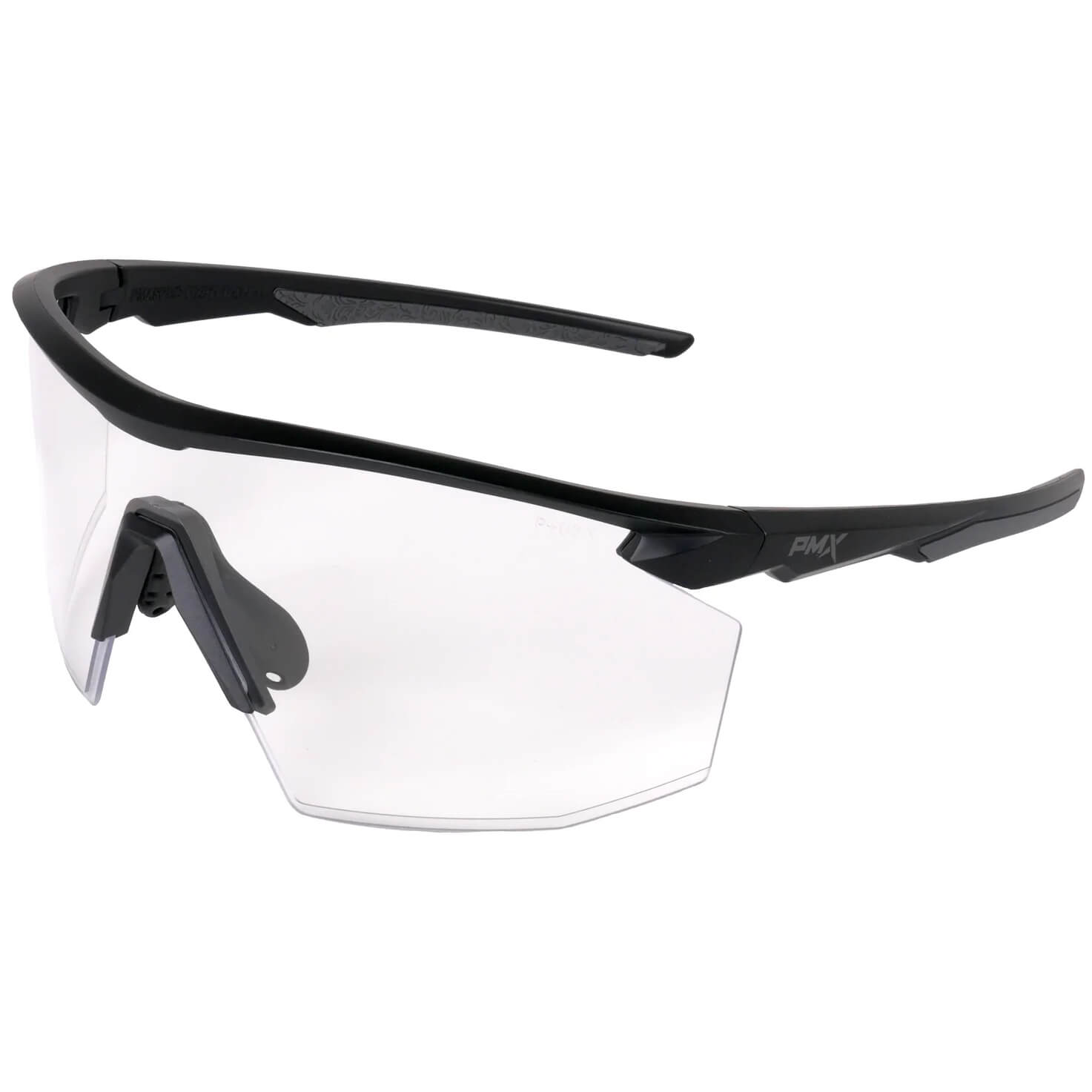Choosing the best cycling eyewear involves analyzing your needs and considering the available options.
- How often do you ride?
- Where do you ride?
- How fast do you ride?
- What time of day do you ride?
- What are the most common types of conditions?
- Do you break or lose sunglasses a lot?
Considering these factors helps determine how much to spend on riding eyewear and what features to include.
For example, trail riding means a greater chance of impact, like branches hitting your face. Road cycling means greater speeds resulting in more wind. Some days, as well as different times of the day, involve brighter conditions than others. Rain and cold create problems with fogging glasses. Finally, varying terrain presents constantly changing types of visibility. The best eyewear for you depends on factors such as these.
After analyzing your unique needs, the next step involves considering the options within the myriad of cycling eyewear available.
Non-Negotiables
To start, eyewear must have at least 99% UV protection. If they are not labeled as such, don't buy them. In addition, make sure the glasses are comfortable. Be sure to test sunglasses while riding if possible since your slightly bent posture can change how eyewear fits.
Additional Options
Beyond the non-negotiable, consider the following factors available in most quality cycling eyewear.
- Impact protection. Polycarbonate lenses and many types of frames provide shatter-proof protection for high-speed and off-road cycling.
- Lightweight frames with good nose & temple grips. Frames should be light enough to comfortably wear all day and should not slip when sweat hits.
- Fit with helmet. Make sure you can get your sunglasses on and off easily while wearing your bike helmet.
- Lens coatings. Mirror coatings reduce bright light, and anti-reflective coatings enhance visibility. Anti-scratch coatings prolong the life of sunglasses, while anti-fog coatings help keep vision clear in extreme conditions.
- Lens shade. This is probably the most difficult choice. Grey is a good all-purpose lens, especially if glasses are worn for more than just riding. Orange and amber lenses work well for partly sunny or varying conditions, and yellow work best in overcast or low-light conditions. A clear lens is really the only option for dark conditions. Then there are polarized lenses to reduce reflective glare from wet surfaces. Look for the lens shade that suits the conditions you most often experience. If in doubt, allow conditions to be a bit bright rather than too dark.
- Interchangeable lenses. Buying glasses with multiple lenses to switch out as conditions dictate is the best approach for someone who cycles often, at different times of the day, and in various conditions.
- Photochromic lenses. If a single ride typically involves a variety of conditions, photochromic lenses may be the best choice. They adjust to changing light conditions and eliminate the need to switch lenses.
- Wraparound frame. Most cyclists opt for wraparound sunglasses since they provide the most comprehensive protection from debris and flying objects. In addition, this style keeps the wind from drying your eyes, a feature especially helpful for contact wearers.
- Elastic sports band. Bike riders often find this accessory a must to keep eyewear from bouncing or slipping.
- Venting. For some, an anti-fog coating may not be enough. If fog is a problem, as it can be in cold weather, look for frames with side vents to allow for better air movement.
Cycling eyewear comes in a wide range of prices, and the cost depends on various features. Begin by deciding on a budget, then fit in as many features as possible within that amount. Know non-negotiables, and prioritize additional features based on your unique needs.
A little work ahead of time to find the right cycling eyewear will go a long way toward enjoying riding no matter the conditions.









